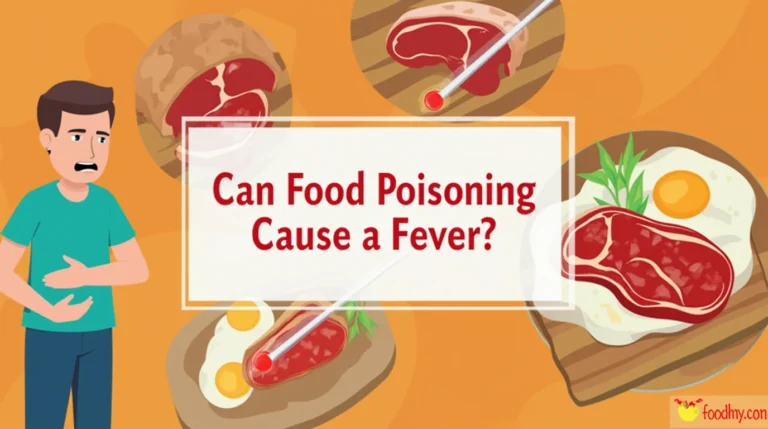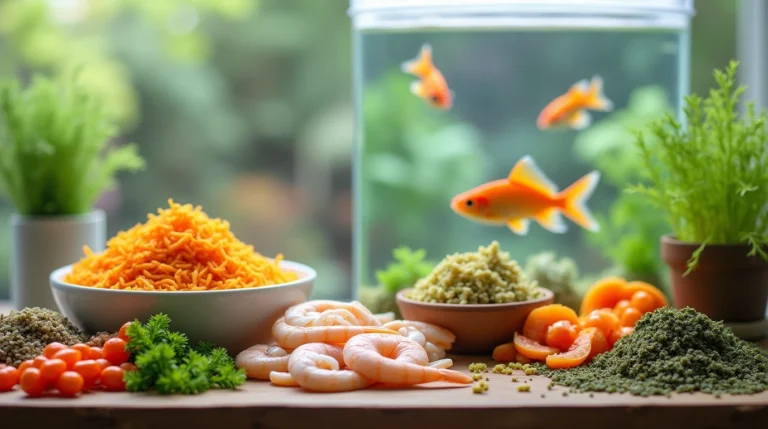Your Food’s Journey: 10 Facts From Farm to Table
Your Food’s In today’s fast-paced world, it’s easy to overlook the origins of the food we eat. Every bite we take is the result of a complex journey involving farmers, producers, transporters, and retailers. Understanding where food comes from is not only fascinating but also helps us make more informed and sustainable choices.
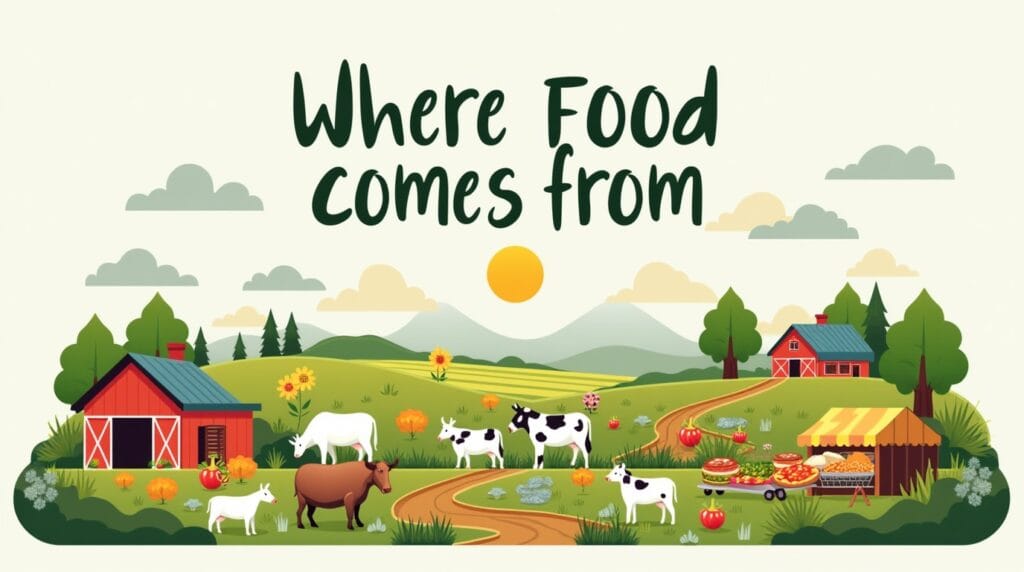
Table of Contents
The Roots: Farming and Agriculture
The journey of food begins on farms. Farmers cultivate crops, raise livestock, and produce the raw ingredients that make up our meals. This process varies widely depending on the type of food. For example:
- Fruits and Vegetables: These are typically grown in fields, greenhouses, or orchards. From planting seeds to harvesting ripe produce, farmers rely on a combination of traditional knowledge and modern technology. Different climates and soil types affect the types of crops that can be grown, making regional differences in produce availability a fascinating aspect of agriculture.
- Grains: Staples like wheat, rice, and corn are grown in large fields, harvested, and processed into products like flour, bread, and pasta. For example, rice paddies in Asia and wheat fields in North America showcase the global diversity in grain production techniques.
- Animal Products: Livestock such as cows, chickens, and pigs are raised on farms to provide meat, dairy, and eggs. Ethical and sustainable practices are becoming increasingly important in this sector, with a push for free-range and grass-fed options that prioritize animal welfare.
Processing and Production
Once harvested, food often goes through processing to make it ready for consumption. For example:
- Dairy: Milk from cows is pasteurized and transformed into products like cheese, yogurt, and butter. Artisanal cheese-making, for instance, is a centuries-old tradition that continues to thrive in many parts of the world.
- Grains: Wheat is milled into flour, which is then used to create bread, pasta, and other staples. This process has been refined over centuries, with modern mills ensuring efficiency and consistency.
- Meat: After slaughter, meat is processed, packaged, and distributed to markets. Advances in food safety standards have helped ensure that meat products reach consumers in optimal condition.
While some foods, like fresh fruits and vegetables, require minimal processing, others undergo significant changes to ensure safety, flavor, and shelf life. For example, canned goods and frozen foods offer convenience and longevity, but often come with added preservatives or packaging considerations.
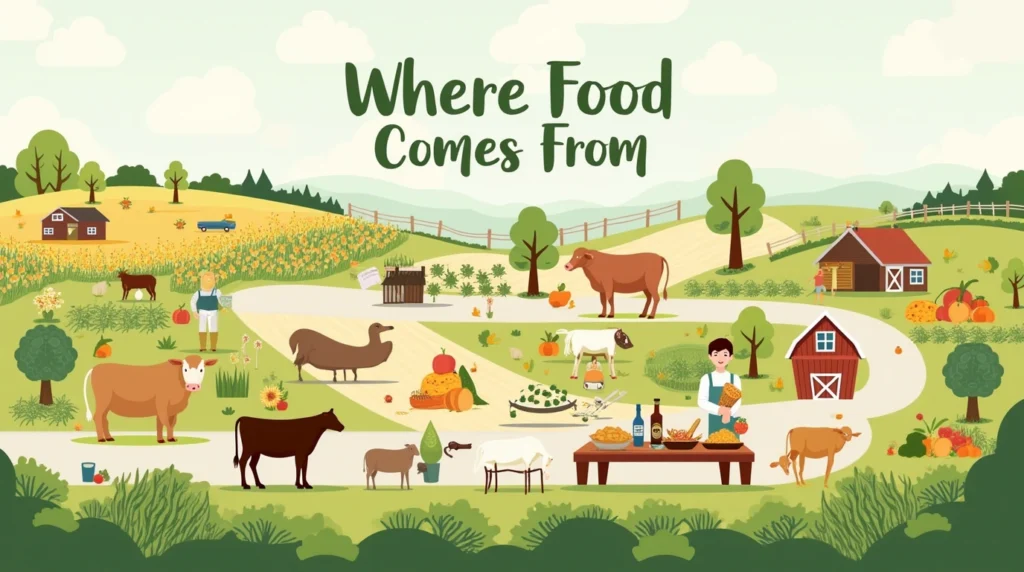
Distribution and Transportation
After production, food is transported from farms and factories to markets, grocery stores, and restaurants. This stage often involves long supply chains, especially for imported goods. For example, coffee grown in South America or Africa might travel thousands of miles before reaching your local café. Advances in logistics and refrigeration technology help maintain food quality during transit, enabling year-round availability of seasonal foods. However, this convenience comes with environmental costs, as transportation contributes significantly to greenhouse gas emissions.
The Role of Local and Sustainable Choices
In recent years, there’s been a growing emphasis on sourcing food locally and sustainably. Local food systems reduce transportation distances, support regional economies, and often offer fresher products. For example, community-supported agriculture (CSA) programs connect consumers directly with local farmers, providing fresh produce and reducing the need for middlemen.
Sustainable farming practices, such as organic farming and regenerative agriculture, aim to minimize environmental impact and preserve resources for future generations. Organic farming avoids synthetic pesticides and fertilizers, while regenerative practices focus on soil health, biodiversity, and carbon sequestration. By choosing sustainably produced food, consumers can help promote a healthier planet.
The Global Perspective
It’s also important to consider the global interconnectedness of food systems. Many of the foods we enjoy daily, like bananas, chocolate, and coffee, are grown in regions far from where they are consumed. Fair trade initiatives aim to ensure that farmers in developing countries receive fair compensation for their work, helping to address economic inequalities in global supply chains.
Additionally, climate change poses a significant challenge to global food systems. Extreme weather events, changing growing seasons, and water scarcity are affecting farmers worldwide. Supporting initiatives that address these issues, such as sustainable irrigation projects or crop diversity programs, can help ensure food security for future generations.
Your Role as a Consumer
As consumers, we play a crucial role in shaping the food system. Here’s how you can make a difference:
- Buy Local: Support farmers’ markets and local producers whenever possible. Buying local not only reduces the carbon footprint of your food but also strengthens your community.
- Choose Seasonal Foods: Eating fruits and vegetables in season reduces the need for long-distance transportation and ensures fresher, more nutritious produce.
- Reduce your Food Waste: Plan meals, store your food properly, and compost scraps to minimize waste. Globally, one-third of all your food produced is wasted, representing a massive environmental and economic loss.
- Educate Yourself: Learn about where your food comes from and the practices involved in its production. For example, understanding your food labels like “organic,” “free-range,” or “fair trade” can help you make informed choices.
- Advocate for Change: Support policies and organizations that promote sustainable agriculture, your food equity, and environmental stewardship.
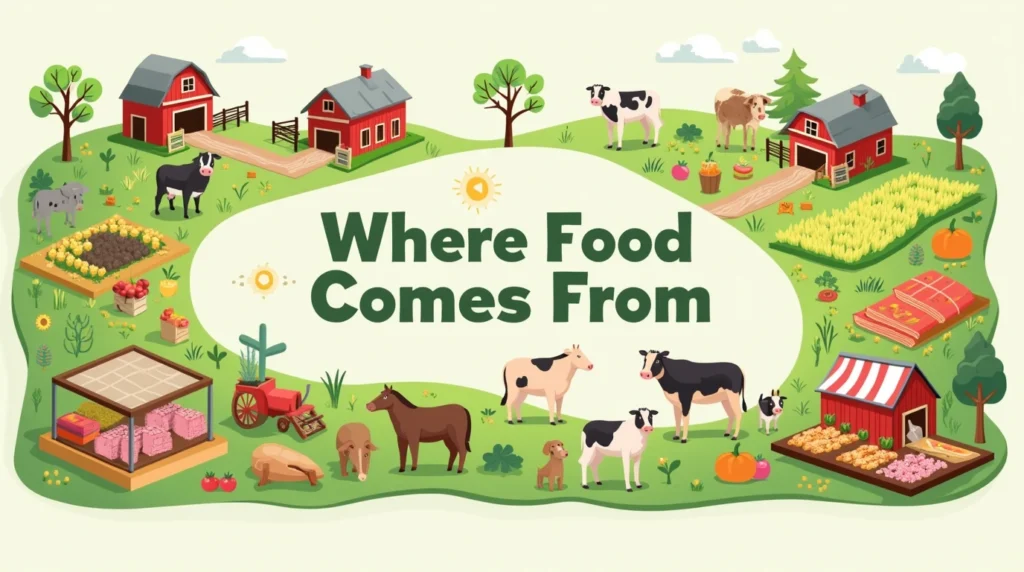
Conclusion
Understanding where food comes from is about more than just curiosity; it’s about fostering a deeper connection to the meals we enjoy and the people who produce them. By appreciating the journey from farm to table, we can make choices that support a healthier planet and a more sustainable future for all. Every decision, from buying local produce to reducing your food waste, contributes to a more equitable and resilient Your food system. So next time you sit down for a meal, take a moment to reflect on the incredible journey that brought your food to the table.




